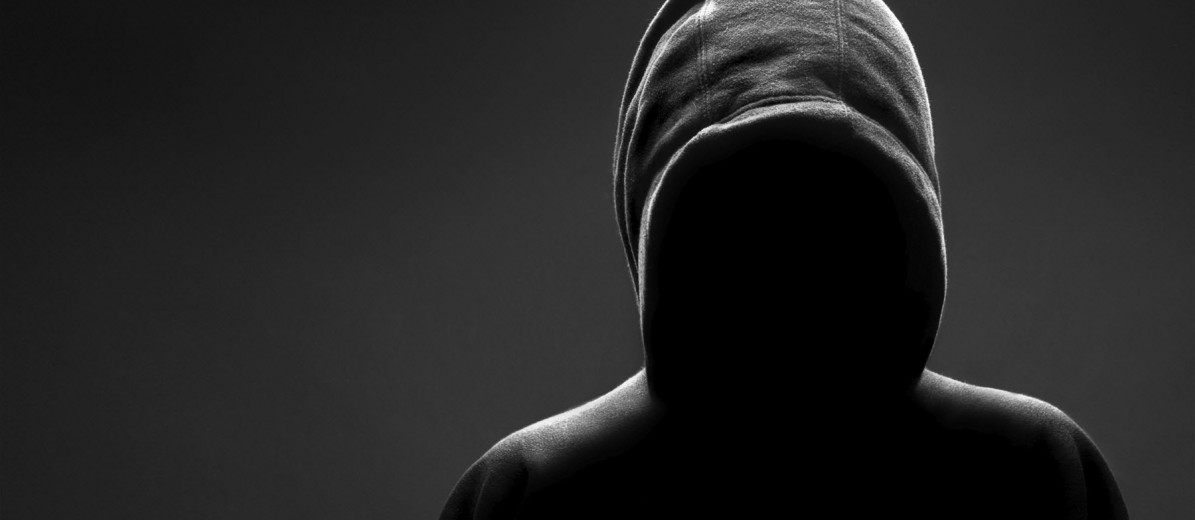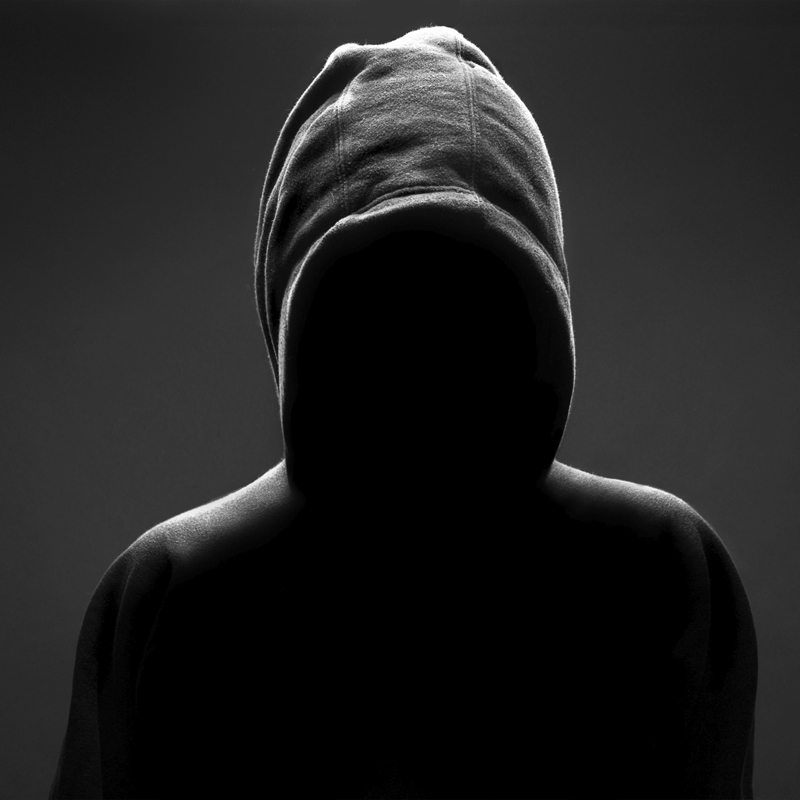On February 26, 2012 a young African American man named Trayvon Martin was shot by a neighborhood watch volunteer George Zimmerman, who is Caucasian and Peruvian. When I initially heard of the Trayvon Martin shooting, I pictured a white face behind the trigger, especially since the media was positioning the murder to be white on black crime. But then I saw Zimmerman’s photograph, next to Martin’s and I was perplexed. Why did this brown man allegedly call this other black man a “fucking coon” when they’re practically the same color? I was infuriated. Tom Owen, a forensic audio expert, who analyzed the tape, said the word uttered by Zimmerman was “punks.” I have my doubts.
Regardless of whether Zimmerman used a racial slur or not, by later uttering, “These assholes they always get away,” it’s enough for me to believe there was a racial motive behind the shooting. What was he referring to when he said “these assholes?” In my opinion, he was clearly profiling. On the tape of Zimmerman’s 911 call, the dispatcher is heard asking Zimmerman if the boy walking in the infamous hoodie was white, Hispanic or black. “He looks black,” Zimmerman responded. In that moment, I realized, Zimmerman has likely been dealing with his own racial self-identity issues his entire life.
You see, Martin was black but he could have been any Latino nationality because Latin America has a strong African presence. In actuality, Latino is not an actual race. It’s an ethnicity whose people are of all races resulting in Latin Americans not having a single racial identity. Since we don’t fit neatly into one racial box, I’ve seen Latinos who want — and try — to be part of different racial groups. Often picking the culture or race that is most “attractive,” or the most cherished. But what does it mean for people of color to prize whiteness when this group has historically belittled them and viewed us as a conquest? It includes embracing the dominant cultures’ preferences and distastes — even for yourself or your peers.
“Hay que mejorar la raza,”
is what my cousin said when discussing his affairs with white or fair-skinned women. Being fairly young at the time, I understood the comment on the surface but wouldn’t fully comprehend the magnitude of its impact until years later. I now know that this thought is quite popular within the Latin community. The concept of “improving” or
“lightening” the gene pool is often commended.
The ramifications of slavery — in Latin America and in the US — have deeply affected the psyche of Latinos. Zimmerman’s internalized racism played out in an extreme form of violence. He’s just one example that’s recently made it to the national stage. The Latino community exhibits its own internal distaste for dark skin and Africanness and, by extension, African Americans in milder forms every day. Whether it is hair texture (cue the “pelo malo/pelo bueno” debate) or disassociating from blackness by referring to oneself as a “shade,” it permeates the culture and people in conscious and subconscious ways.
Look no further for proof than a 2009 Primer Impacto interview with Sammy Sosa who appeared drastically lighter than fans remembered him. A reporter asked the former baseball player about his noticeably, lighter skin. He responded that a facial cream, as well as less time on the field in the sun, had changed his appearance. Denouncing African heritage, intentionally or not, in the Latin community is seen as a triumph, while admitting it is considered a tragedy. Having dark skin, no matter how accomplished or famous or wealthy, is a problem.
I don’t believe this hype. My Dominican family isn’t any less black than our Haitian neighbors because we speak a different language. African slaves were deposited all over the Americas, but the average Latino does not want to own that truth. So we detach ourselves from the African diaspora experience, marry white and/or subscribe to beauty standards that are not our own.
In 2007, there was an explosion of murders in Los Angeles by Mexican gangs who wanted to rid the city of blacks. What’s even more puzzling is the fact that unbeknownst to those Latin ethnic cleansers, there is a large concentration of Afro-Mexicans in cities such as Guerrero, Oaxaca, Veracruz and Colima who look just like the blacks they’d been killing. Popular media — primarily Spanish language television — isn’t helping the cause of self acceptance. Tune into a telenovela to see how these prejudices are perpetuated and you’ll see all of the servants are either black or indigenous; protagonists are almost always white. This sends a clear message: brown and black people are only capable of sweeping floors or playing caricatures. So you run away from that predestined outcome that keeps staring back at you on the tube.
We must educate ourselves, our family and friends, specifically those in our home country who do not have access to the tools we do. We must create unity within communities of color and not fall victim to the divide-and-conquer strategy created to discourage alliances amongst us. We must love our blackness and embrace our rich history. In doing so, we can improve relationships across generations, neighbors and families. So, the next time my cousin asks about someone I’m dating I will respond,
“Me enamore de una negra. Voy a mejorar la raza.”
Image credit- istockphoto.com/DCDR


